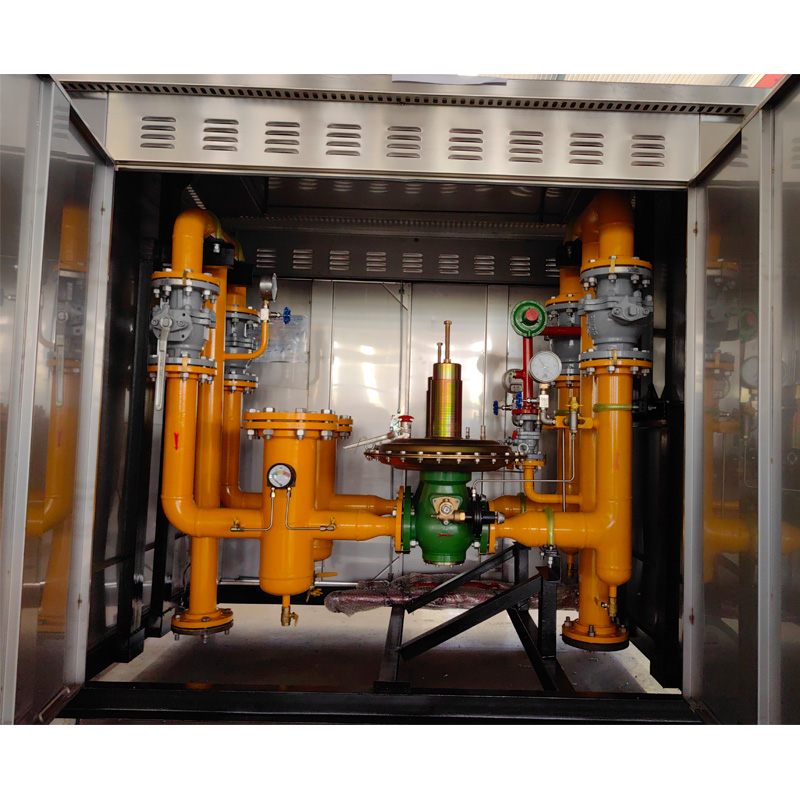
Aug . 29, 2024 06:14
Back to list
Pressure Regulating Valve - Efficient Control for Fluid Systems
Regulating Valve An Essential Component in Fluid Control Systems
A regulating valve, often referred to in the industry as a control valve, is a vital component used in various fluid control systems. Its primary function is to manage the flow of liquids or gases, ensuring optimal operation of piping systems by adjusting the flow rate based on a set of predetermined conditions. This capability is crucial in numerous applications, ranging from industrial processes to HVAC systems.
.
One of the primary advantages of using regulating valves is the enhancement of system efficiency. By controlling the flow of fluids, these valves help maintain optimal operating conditions, reducing energy consumption and unnecessary wear and tear on pumps and other components. This efficiency not only translates into cost savings but also extends the lifespan of equipment, thereby reducing maintenance and replacement costs.
صمام تنظيم

In the industrial sector, regulating valves play an essential role in processes such as chemical manufacturing, oil and gas production, and water treatment. In these applications, maintaining appropriate flow rates and pressures is critical for safety and efficacy. For instance, in a chemical manufacturing plant, the precise control of reactant flow rates is necessary to ensure that chemical reactions occur as intended, thereby avoiding dangerous situations or product losses.
Moreover, in the HVAC industry, regulating valves are integral to climate control systems. They help balance the flow of hot or cold water throughout a building, ensuring that different zones receive appropriate temperatures based on demand. This functionality is particularly important in large buildings where temperature consistency is essential for comfort and energy efficiency.
The selection of a suitable regulating valve involves considering several factors, including the type of fluid, pressure requirements, temperature ranges, and the specific application. Different types of valves, such as globe valves, ball valves, and butterfly valves, offer various advantages and may be chosen based on the specific needs of the operation.
In conclusion, regulating valves are indispensable in fluid control systems across various industries. Their ability to accurately control the flow of liquids and gases ensures efficient operation, safety, and energy conservation. As technology advances, the integration of smart control systems into regulating valves is likely to enhance their capabilities further, offering improved performance and reliability in complex fluid management applications. Understanding the role and function of these valves is essential for engineers and operators to ensure effective system design and operation.
Latest news
-
Safety Valve Spring-Loaded Design Overpressure ProtectionNewsJul.25,2025
-
Precision Voltage Regulator AC5 Accuracy Grade PerformanceNewsJul.25,2025
-
Natural Gas Pressure Regulating Skid Industrial Pipeline ApplicationsNewsJul.25,2025
-
Natural Gas Filter Stainless Steel Mesh Element DesignNewsJul.25,2025
-
Gas Pressure Regulator Valve Direct-Acting Spring-Loaded DesignNewsJul.25,2025
-
Decompression Equipment Multi-Stage Heat Exchange System DesignNewsJul.25,2025

